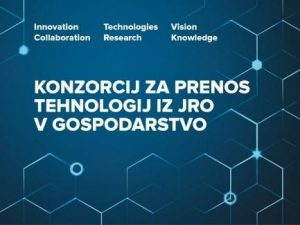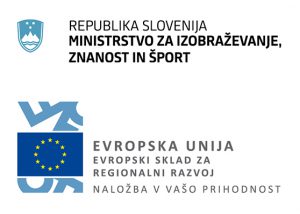A SINGLE-STEP PRODUCTION OF STYRENE MONOMER BY USING HETEROGENEOUS CATALYST
The Institute has developed a single-step heterogeneous catalytic process for the production of styrene monomer. Styrene is a widely used monomer in polymer industries for the manufacturing of plastics, foams, automotive and home appliances

